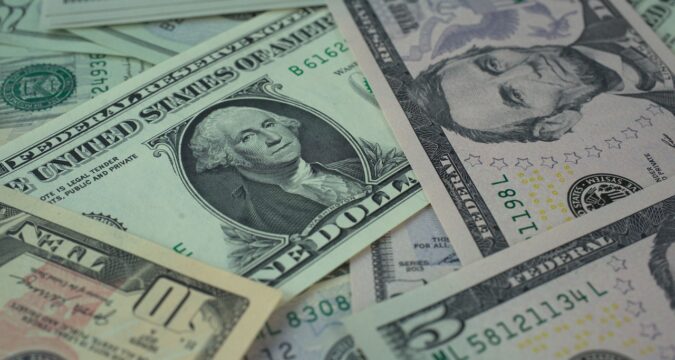
On Friday, world shares reached record highs because of optimism surrounding the growing possibility of a US fiscal stimulus package, while the safe-haven US dollar remained at a two-and-a-half-year low because of demand for riskier assets. In the US Congress, a bipartisan COVID-19 aid package of $908 billion had received the support of conservative lawmakers on Thursday. Moreover, the US Federal Reserve also has a meeting scheduled for the mid of December, where it is expected to tweak guidance regarding its asset purchase plan. There is also a possibility of an increase in bond-buying by the European Central Bank next week.
There was a 0.1% increase in the MSCI’s index of world shares towards the record highs of the previous day. It is on course for gains for the fifth straight week, which have seen it increase by nearly 15%. Overnight, Asian shares had also reached record highs, as there was a 0.82% upward tick in the MSCI’s index of Asia-Pacific shares other than Japan. This meant that it surpassed its high of November 25th, mostly because of tech sector gains. There was a 0.22% drop on profit-taking in Japan’s Nikkei. The FTSE 100 index in Britain also hit nine-month highs, and Europe saw eurozone shares at similar levels.
Moving inversely to price, German government bond yields also reached a three-day low of -0.557%. On Thursday, the British Pound had hit a three-month high to trade at $1.3116, as traders were still hopeful of a trade deal being made between Britain and the European Union. However, as talks are ongoing for securing a Brexit deal before the transition period ends on December 31st, a British minister said that they were in a difficult phase and there were low chances of a breakthrough. A French minister said that a bad deal could be vetoed by France.
In New York, earlier gains in the S&P500 were erased after reports that Pfizer Inc. was experiencing supply chain problems due to which it slashed its target of rolling out COVID-19 vaccines. But, there was a 0.19% gain in early Friday trading to overcome the damage. The focus has now shifted to key non-farm payroll data in the US, which is forecast to show an increase of 469,000 in the previous month. Improved market sentiment meant that the dollar lost ground to other major currencies. Analysts said that as markets get better news like that of a vaccine, it increases the demand for riskier assets and has a negative impact on the US dollar.
The euro reached $1.2155 after a gain of 0.12%, which brought it near to its highest levels back in April of 2018 that it had reached a day earlier. The dollar remained flat against a basket of major currencies. Emerging markets were also set to make their gains. The South African rand, Brazilian real, Mexican peso, Polish zloty, Russian rouble, and the Turkish Lira have all increased between 7% and 11% in the past month, which added to the leaps in Korea, Taiwan, and China’s currencies since June.


